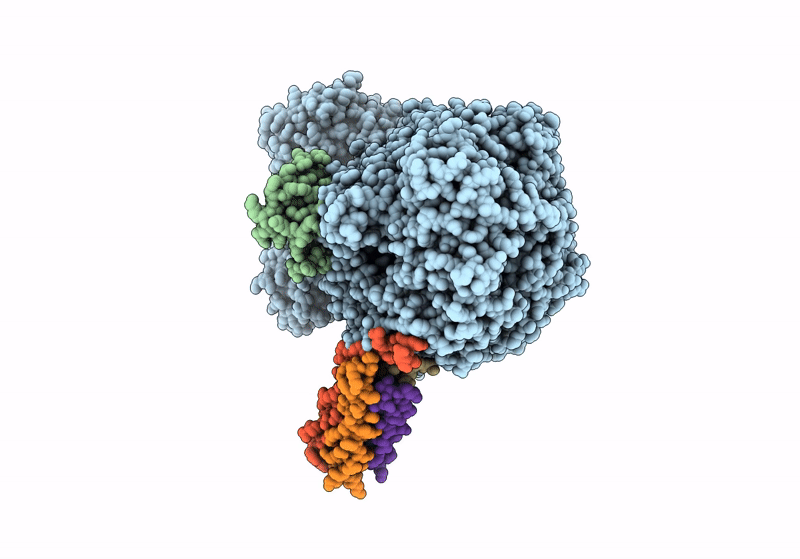
Deposition Date
2023-08-09
Release Date
2024-04-24
Last Version Date
2024-04-24
Entry Detail
PDB ID:
8KDC
Keywords:
Title:
Cryo-EM structure of the human parainfluenza virus hPIV3 L-P polymerase in monomeric form
Biological Source:
Source Organism:
Human respirovirus 3 (Taxon ID: 11216)
Host Organism:
Method Details:
Experimental Method:
Resolution:
3.00 Å
Aggregation State:
PARTICLE
Reconstruction Method:
SINGLE PARTICLE


